
IN CONVERSATION WITH LITTLE SIMZ
On being brave: Numéro Berlin spoke with Little Simz about her freshly released sixth…
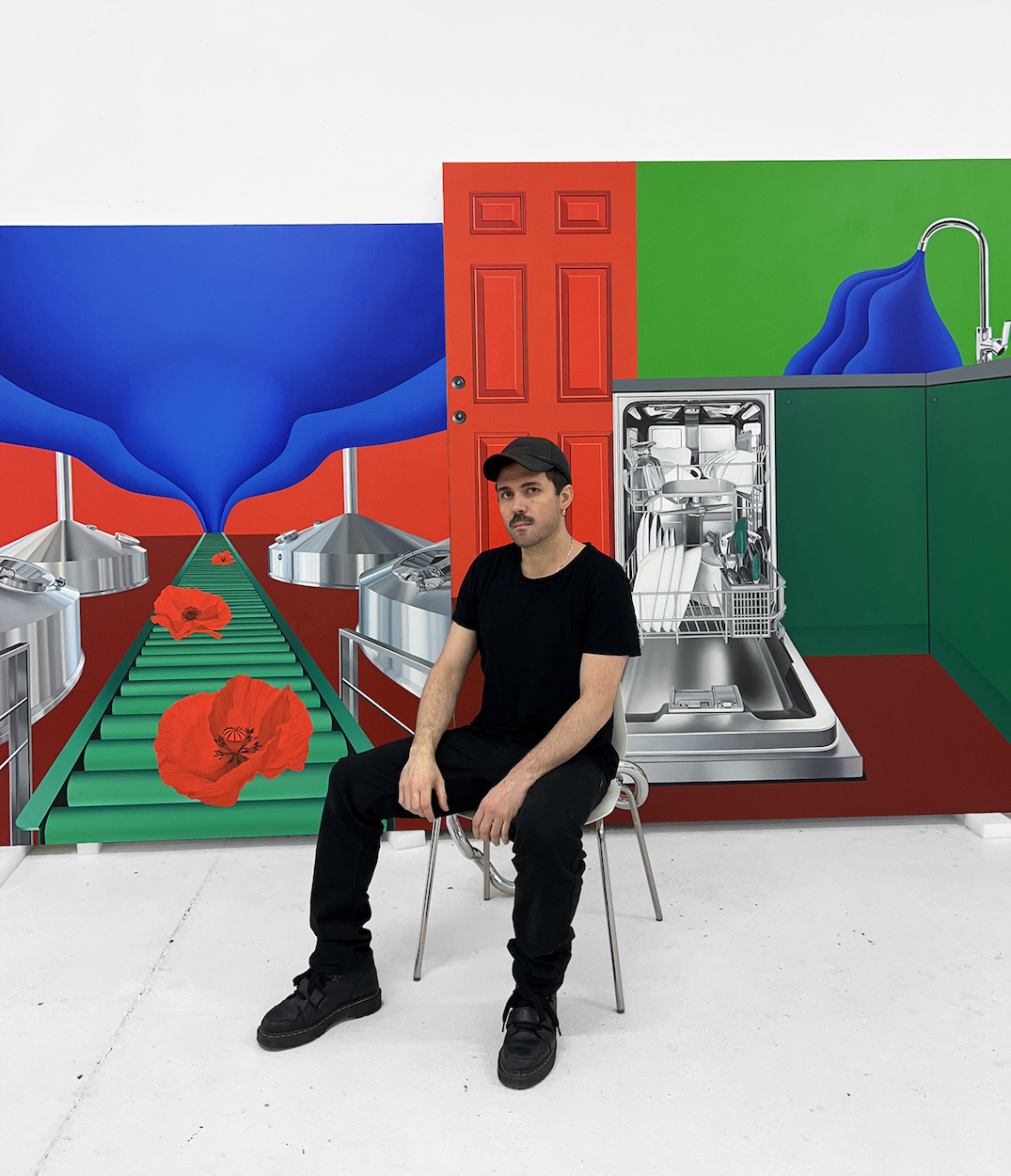
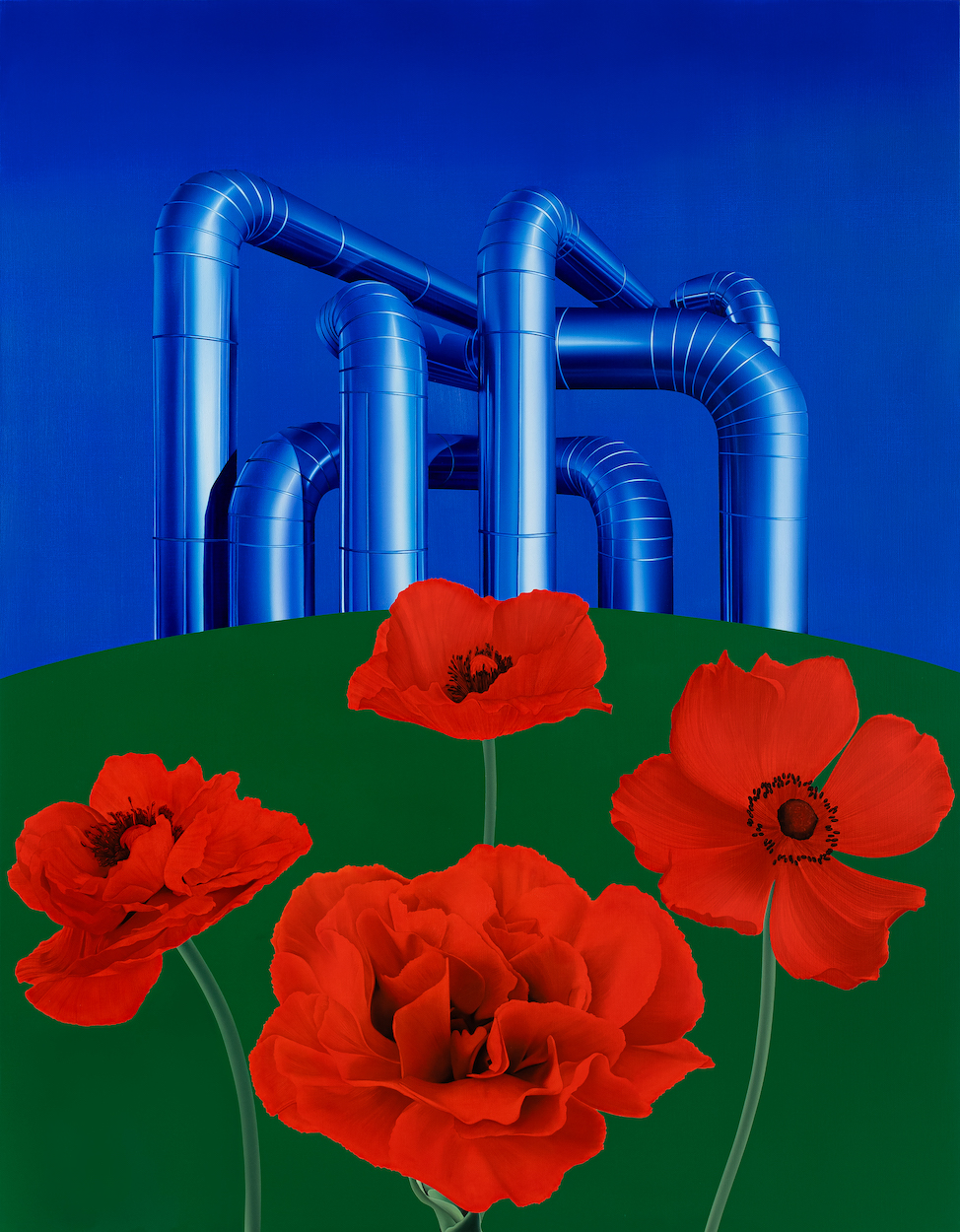
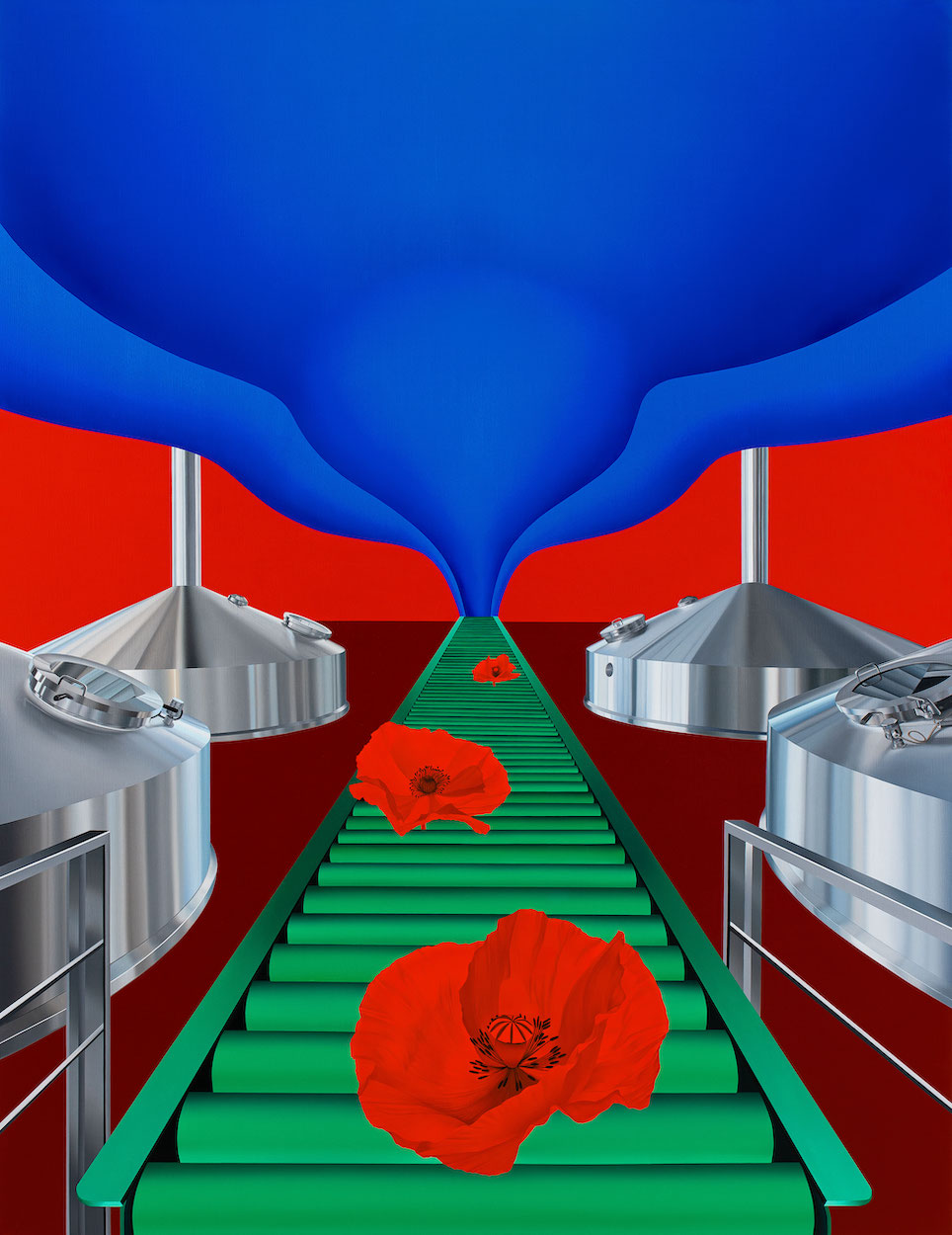
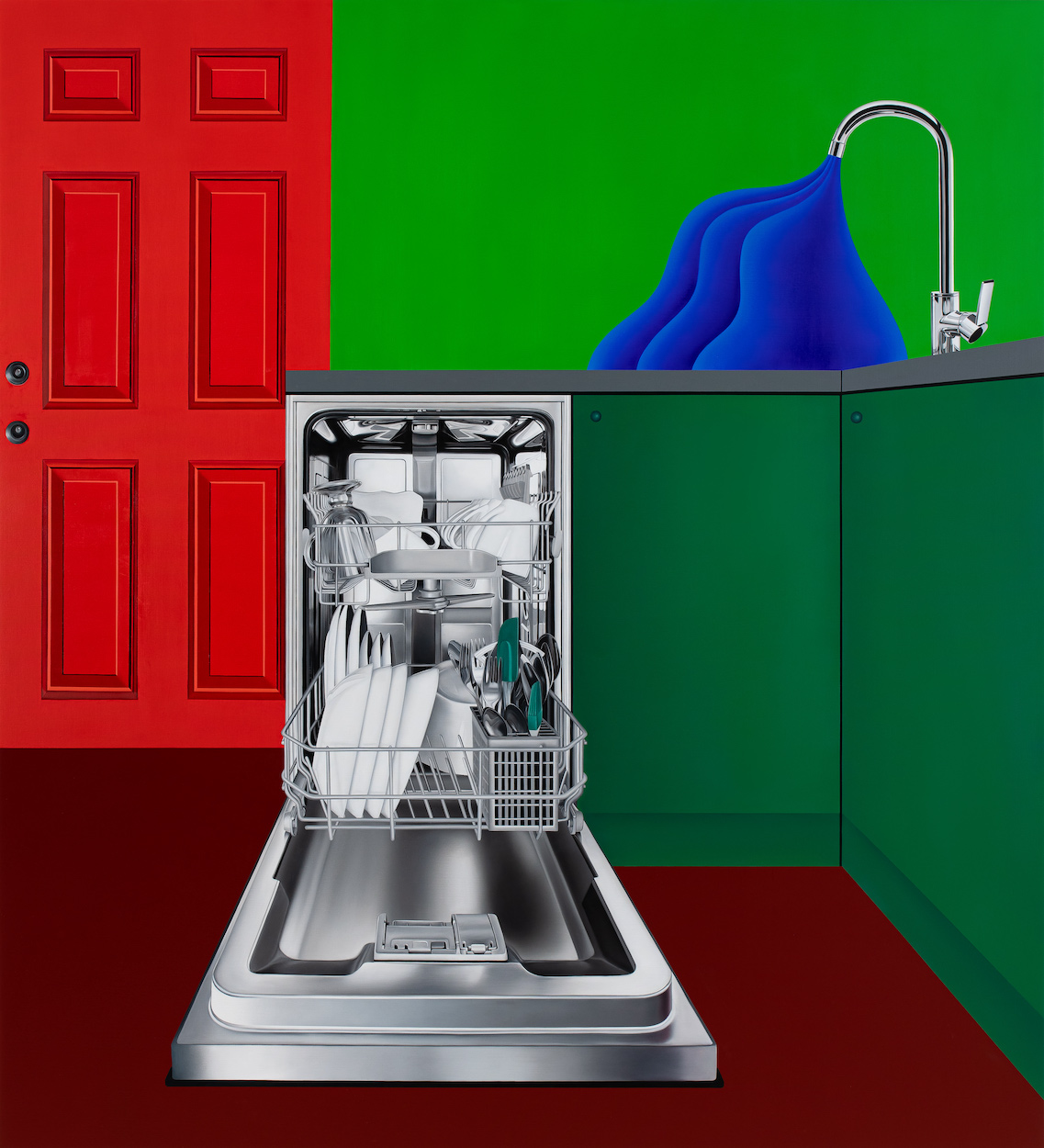
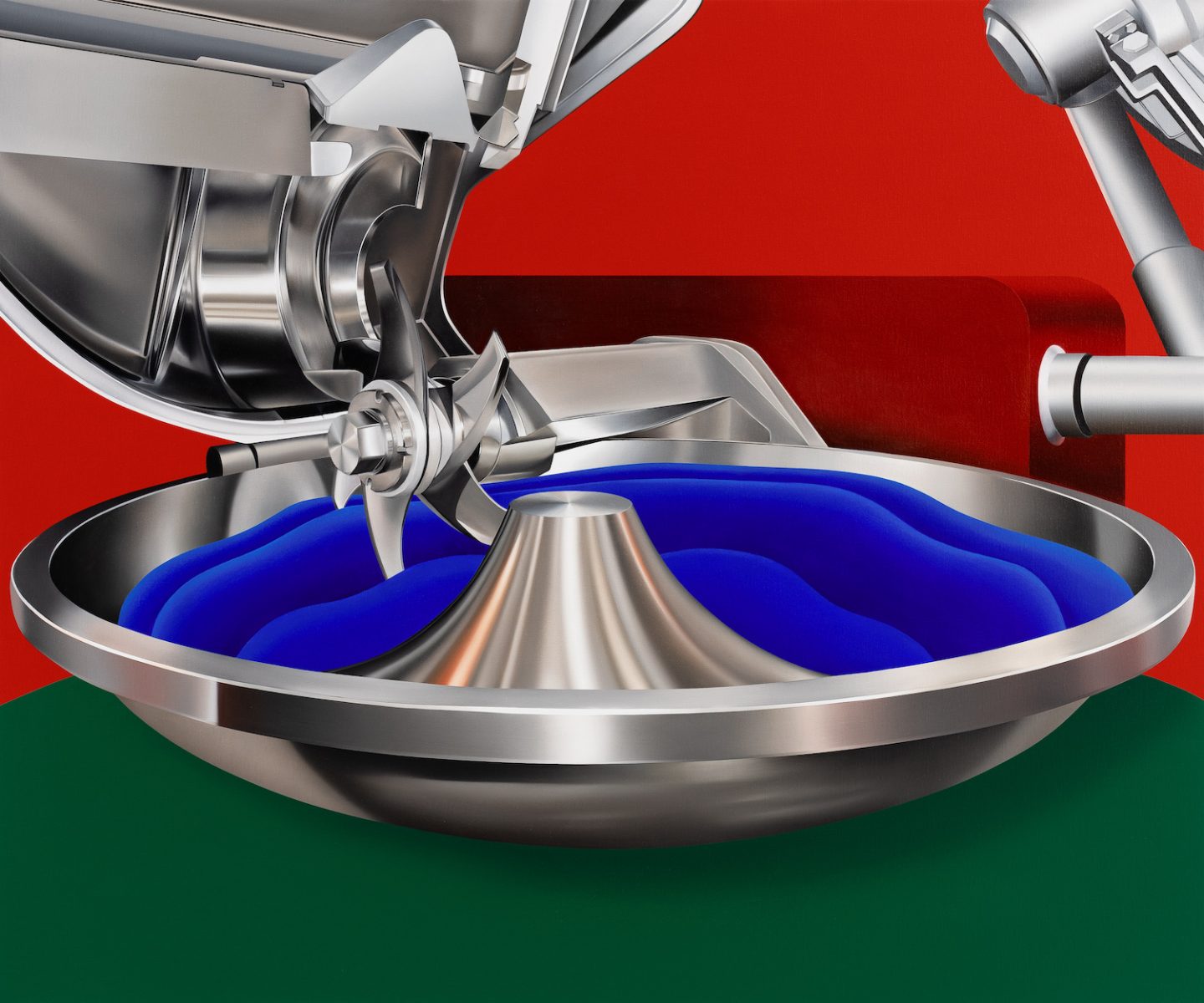
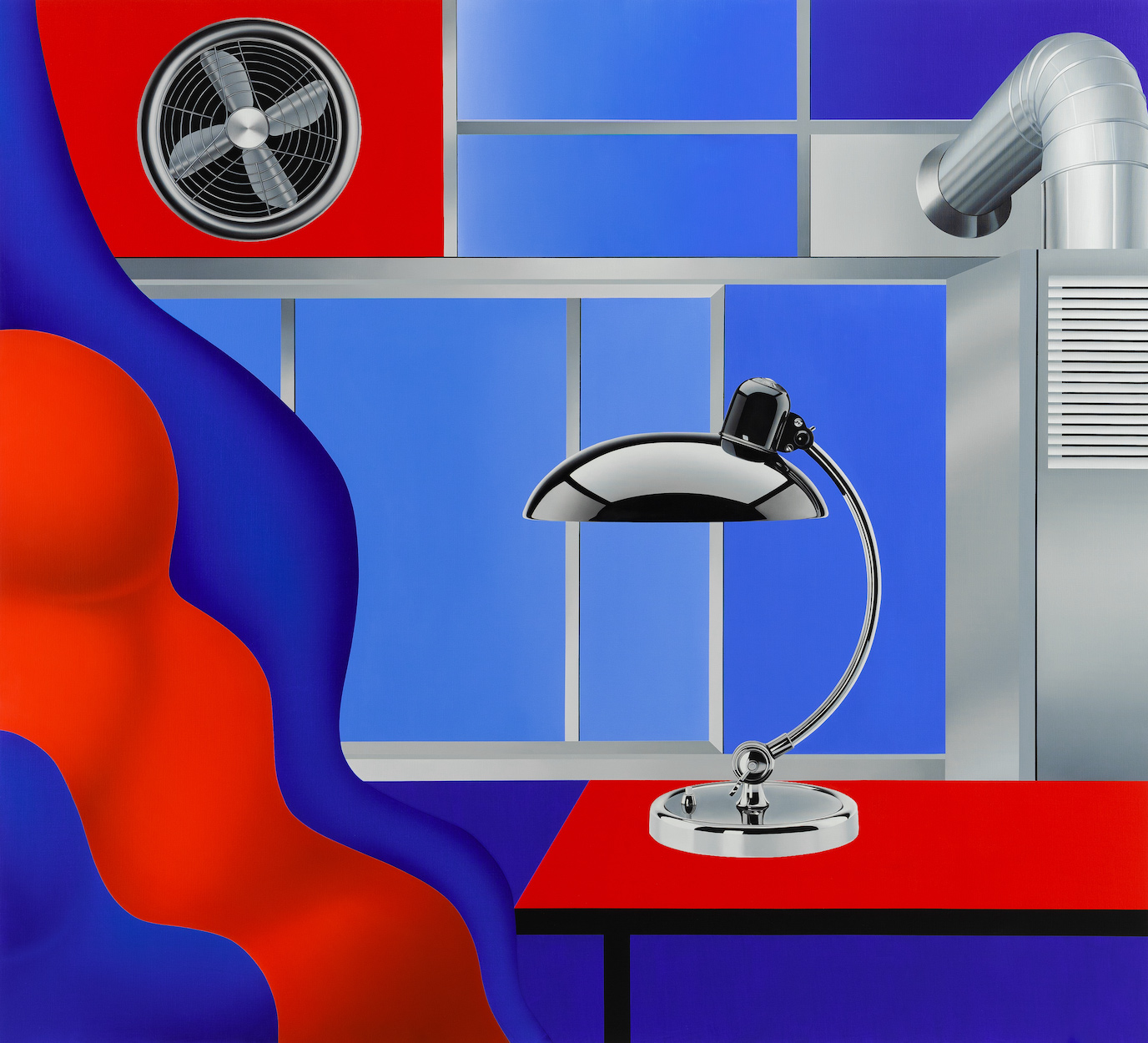
RAFA SILVARES’ VIBRANT WORLD OF PAINTING
Brazilian born and Berlin-based artist Rafa Silvares’ practice thematises the fixtures of urban life, depicting the inanimate in motion. Through vibrant colours and gentle gradients, the starkness of his industrialised landscapes is rendered playful and engaging, while industrial textures such as metal and plastic are rendered rounded and soft. The structural and architectural shapes that populate his works are both minimal and abundant, facilitating an exploration of the spatial qualities of the canvas surface. Silvares’ solo exhibition Bloom is currently on view at Peres Projects, his fourth solo exhibition with the gallery and his second in the city. We sat down with him to discuss ‘Bloom,’ Berlin and beyond.
Rafa Silvares: ‘Bloom’ is the title of my second solo exhibition in Berlin at Peres Projects. With this latest group of works consisting of oil and acrylic paintings on linen in different scales, I explored ideas that interrelate form, space, colour and pictorial language. Colour becomes the protagonist and expands from inside to outside the surface of the paintings, creating interesting and provocative interactions between the works and their surroundings. This group of works is characterised by a clear, sharp and reduced vocabulary of colours, everyday objects, domestic scenes, machines and flowers. Soft, velvety forms emerge like water, air, vapour, flesh, scent and cream. The devices from which these bodily fluids emerge function, in a way, as self-performing machines.
One of the ideas that served as the cornerstone of this exhibition is the birth of an impossible flower, in an unlikely place, in the middle of this endless cycle of artificial labour. The iconography I work with function to some extent as an allegory. Labour, productivity, consumerism, waste, display aesthetics, and geometry all come into play. We are a consumerist society, but we are also a mass content-producing society… we produce not just goods, but rubbish and a huge amount of data, we send text messages and exchange images and poor quality content incessantly. I wonder where all this is going to be stored? There’s a metaphorical time clock for this kind of work, and most of the time we do it for free. Very quickly and automatically, first thing in the morning. I like the word “feed.” My question is always who or what we’re feeding. I think that art today is inserted in this system of feeding content. In my opinion, it’s a kind of infinite loop, but we’re part of it in one way or another.
“I think that art today is inserted in this system of feeding content. In my opinion, it’s a kind of infinite loop, but we’re part of it in one way or another.”
I’ve become obsessed with machines, objects, things from the everyday world. Sometimes I feel like I’m running like one. If I could be fuelled by an oil that generates enough energy to run for a month or two, without having to eat every day, I would choose that. I like to visualise my work as tales of ordinary. I also like to pay attention to when my personal daily life meets the making of the work and how my perception of the world is influencing what is being made.
At the moment, my studio is located in the east part of Berlin, in the former building of the GDR’s technical sector in Berlin. The building was built in 1985, and was used for the production of all spy equipment, including listening and surveillance systems, cameras and camouflage equipment. The studio complex is surrounded by industrial pieces, and metalic structures. When I enter, I feel like I’m entering a capsule cut off from the spatio-temporal world outside. Most of the time I forget where I am. I have no windows to the outside, the light is very artificial and bright inside. I feel like I’m in some kind of spaceship or operating theatre. It’s not a comfortable space, yet I always find it hard to leave. Time passes very quickly. I tend to work in the early hours of the morning, even though I make a huge effort to have a daytime routine, come home, do things from home. It’s ironic how the domestic world and the interior of a house attracts me as a subject, yet when I’m in the studio it’s increasingly distant to me.
Painting is a highly complex field that allows you to experiment with rational, rigid geometry shapes, to play with the psychology of forms, and at the same time it’s an instinctive and organic type of activity. I like to think of the act of painting mixed with taste when I make paintings, almost as if I were salivating and licking the surface of the canvas with a wet brush. There’s something similar to salivating in this process, it’s almost as if I’m slowly digesting all these elements so that they somehow make sense in the composition. It reminds me of the way a spider’s web is made. There is an element of salivation in the making of a web, and in the end you have an image that is organic and geometric in its construction.
“Painting is a highly complex field that allows you to experiment with rational, rigid geometry shapes, to play with the psychology of forms, and at the same time it’s an instinctive and organic type of activity.”
That’s a question I ask myself almost every day. Most of the time I don’t have an answer on the tip of my tongue, but there is an inherent certainty in me that I couldn’t live without a paintbrush in my hand. The act of painting is, in a way, physically painful. My neck hurts, my wrist hurts, my spine hurts. My painting requires me to be present for many hours because of the precision I like to have and the way my arm moves in a straight line. And still I think I have some sort of devotion to it, which makes it almost impossible to be different than that.
The core of my relationship to painting is guided by colour. It plays a very important role, it’s how everything starts. I believe in the transformative aspect of colour. I think it heals, it nurtures, it revitalizes bodies and spaces. Dealing with colour everyday is a fuel that keeps me moving.
“There is an inherent certainty in me that I couldn’t live without a paintbrush in my hand.”
It’s quite diverse and accessible, I’d say. It’s broadly divided between artists who have traditional studio practices and artists who explore more informal, experimental approaches. This diversity is super interesting. The city offers ample space, as well as a practicality that is important for an artist to develop their workflow.

On being brave: Numéro Berlin spoke with Little Simz about her freshly released sixth…
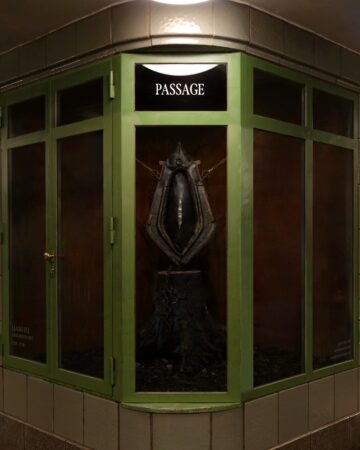
With his latest installation "SPINE BOUNDARY" at Hermannplatz, Berlin, Chinese born Artist…
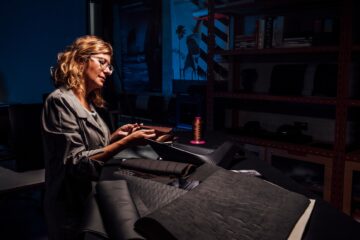
Once a challenger brand in the automotive world, CUPRA has steadily entered a new era, one…
Interview by Chiara Anzivino